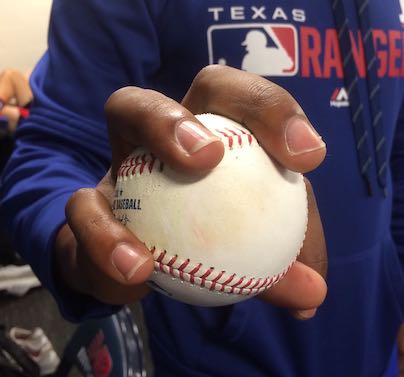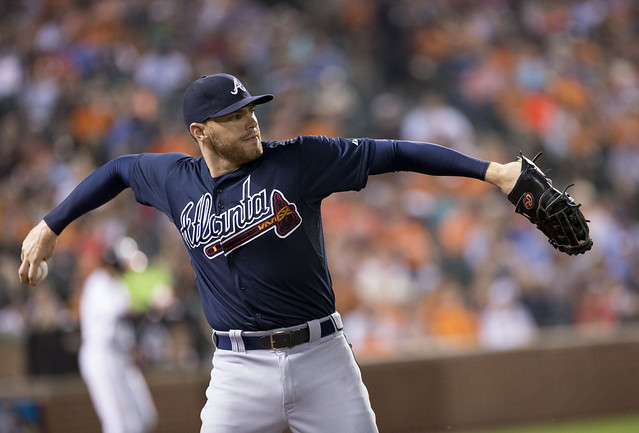Zack Wheeler’s Injury Is Latest Dent in Mets’ Deadline Plans
Adding injury to the ongoing insult that is their 2019 season, the Mets have placed Zack Wheeler on the 10-day injured list due to what the team described as shoulder fatigue and what the pitcher himself defined as impingement. The 29-year-old righty’s condition has been described by sources as “not a serious concern,” and the timing still leaves open the possibility that the pending free agent could return before the July 31 trade deadline and demonstrate his fitness for potential suitors. Nonetheless, the news puts a significant dent in whatever plans the Mets may have to retool amid a season gone awry.
Back in January, after signing free agents Jed Lowrie, Wilson Ramos, and Jeurys Familia, as well as trading for Robinson Cano and Edwin Diaz, rookie general manager Brodie Van Wagenen boldly told reporters, “I look forward to showing people that we’re a team to be reckoned with. Let’s not be shy on wanting to be the best and I fully expect us to be competitive, to be a winning team. Our goal is to win a championship and it starts with the division. So come get us.” Last Friday, with the Mets 40-50 as they began the second half — fourth in the NL East, 13.5 games out of first place, and second-to-last in the Wild Card race at seven games out — Van Wagenen conceded, “They came and got us.”
Ouch. As the trade deadline approaches — and this year, there’s only one deadline, with no August waiver period during which teams can buy time for injured players to heal — it’s time for Van Wagenen to break up this non-dynasty. In a market light in frontline starting pitching, Wheeler figured to be an attractive rental option due to his combination of performance (more on which momentarily) and price (he’s making just $5.975 million). He’s drawn attention from the Braves, Brewers, Red Sox, Yankees, and probably other teams as well. Read the rest of this entry »



